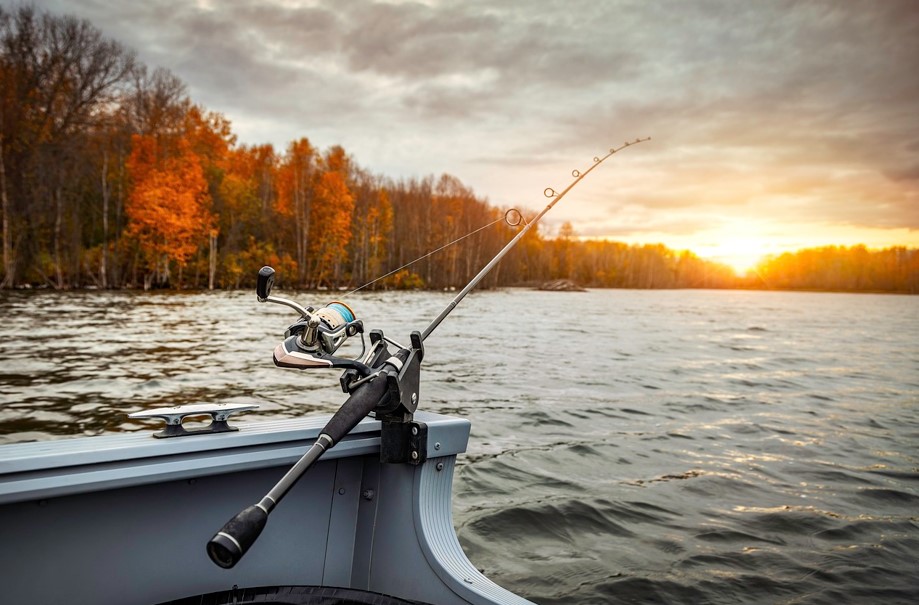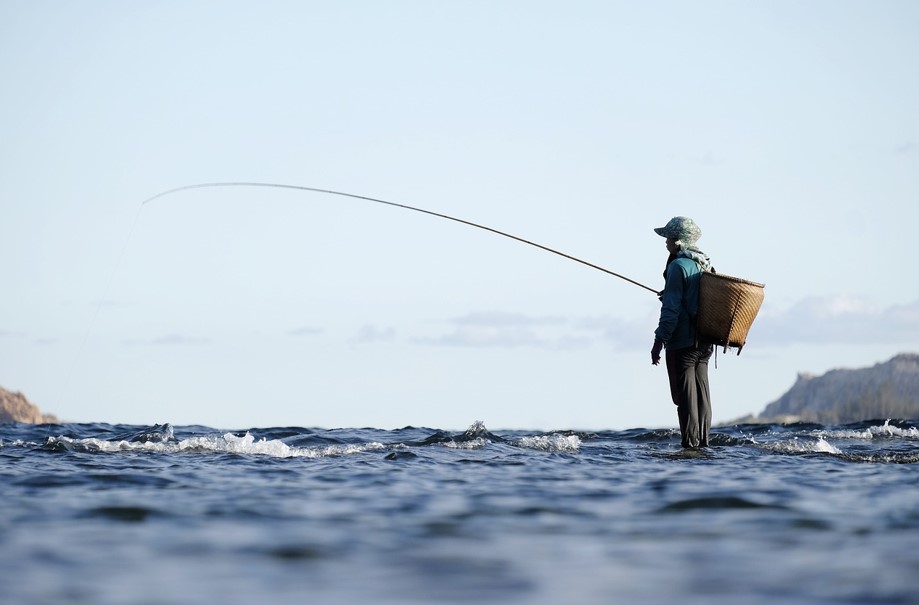Fishing in Texas is more than a pastime—it’s part of the state’s culture. With its extensive coastline, reservoirs, rivers, and lakes, Texas offers countless opportunities for anglers. But before you cast your line, knowing the rules is essential. Texas fishing regulations are carefully designed to protect fish populations, maintain healthy ecosystems, and ensure fair access for everyone.
These rules include bag limits, size limits, and seasonal restrictions, all of which are updated annually by the Texas Parks and Wildlife Department (TPWD). Understanding them helps anglers avoid penalties while supporting conservation. Let’s take a detailed look at how these regulations work and what every Texas fisherman should know.
Why Fishing Regulations Matter in Texas
Fishing regulations are not simply restrictions—they are conservation tools. Texas waters are home to over 70 species of freshwater and saltwater game fish, from largemouth bass to red drum. Without management, many species could face overfishing, habitat loss, or population decline.
Bag limits and seasonal closures keep populations sustainable. Size limits, meanwhile, protect younger fish, allowing them to grow and reproduce before being harvested. The goal is to balance recreational fishing with long-term resource management.
Bag Limits in Texas
Bag limits determine how many fish you may legally keep in a day. These limits vary based on the species, location, and whether you’re fishing in freshwater or saltwater.
-
Freshwater Bag Limits: Popular freshwater species such as largemouth bass often have a daily bag limit of 5 per angler. Crappie, on the other hand, may have a 25-fish limit, but with minimum size requirements.
-
Saltwater Bag Limits: Species like red drum are limited to 3 per day within a specific slot size. Spotted seatrout may have a limit of 5 per day, depending on the region along the Texas coast.
TPWD regularly updates these numbers, so checking the latest Outdoor Annual is crucial before any fishing trip.
Seasonal Dates and Closures
Fishing seasons ensure that spawning cycles remain uninterrupted. Some species are subject to seasonal restrictions, particularly in saltwater environments.
-
Flounder Season: From early November through mid-December, a closure period restricts flounder harvest during peak spawning.
-
Red Snapper Season: In federal Gulf waters, red snapper typically opens for a short season each summer, while state waters may have year-round opportunities with stricter limits.
-
Special River and Lake Rules: Certain inland lakes have unique seasonal protections. For example, during spring, parts of rivers may close to preserve spawning white bass.
These dates can shift yearly, making it essential to review TPWD’s published updates.
Size Limits: Protecting Juvenile Fish
Beyond bag limits and dates, size restrictions prevent undersized fish from being harvested. Slot limits are common in Texas and require anglers to release fish below or above a specific size range.
-
Largemouth Bass: Often regulated by a slot limit, requiring the release of bass under 14 inches or above a certain maximum, depending on the lake.
-
Red Drum (Redfish): Anglers may keep red drum within 20 to 28 inches, with one oversized fish allowed per year using a bonus tag.
-
Spotted Seatrout: Must generally fall within 15 to 20 inches, with some exceptions depending on the region.
These rules ensure fish have the opportunity to grow and reproduce, stabilizing populations for the future.
Special Regulations by Location
Not all Texas waters follow the same rules. Some reservoirs, rivers, and coastal areas have unique restrictions due to local conservation needs. Examples include:
-
Lake Fork: Known for trophy bass, Lake Fork has stricter slot limits to protect large fish.
-
Trinity River: Specific catfish regulations apply to maintain balance in the river ecosystem.
-
South Padre Island: Different limits for trout and redfish compared to northern Gulf waters.
Anglers should always confirm whether their fishing destination has additional site-specific regulations.
Penalties for Violating Regulations
Failure to follow Texas fishing regulations can result in hefty fines, license suspension, or even criminal charges in extreme cases. TPWD game wardens frequently patrol popular fishing areas, checking for compliance. A single undersized fish or exceeding the daily bag limit could cost hundreds of dollars in fines.
Staying informed not only protects your wallet but also ensures the sustainability of Texas fisheries.
FAQs About Texas Fishing Regulations
Do I need a fishing license in Texas?
Yes. Most anglers over 17 must have a valid Texas fishing license, whether fishing in freshwater or saltwater. Additional stamps may be required for certain species.
How often do Texas fishing regulations change?
Regulations are reviewed annually by TPWD, with updates typically released before the start of the new license year in September.
Can I use my license from another state in Texas waters?
No. Out-of-state anglers must purchase a non-resident Texas fishing license to fish legally.
Are there exceptions for private property ponds?
Yes. Landowners and their families generally do not need a license to fish on private waters that are not connected to public water bodies.
Where can I find the latest fishing regulations?
The official TPWD Outdoor Annual (available online and via mobile app) provides the most up-to-date fishing rules.
Conclusion
Texas fishing regulations may seem complex, but they are vital for preserving the state’s natural resources. By understanding bag limits, seasonal dates, and size restrictions, anglers play an active role in sustaining healthy fish populations. Whether you’re casting in a Hill Country river or heading out into the Gulf, following the rules ensures future generations can enjoy the same thrilling fishing experiences.
Fishing in Texas isn’t just about the catch—it’s about stewardship of the waters that define the Lone Star State.


